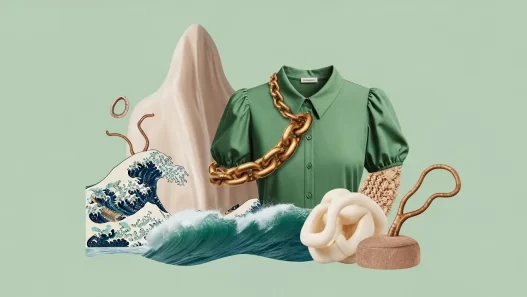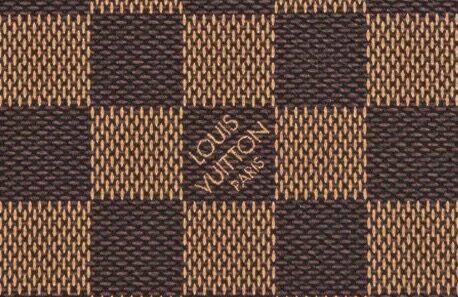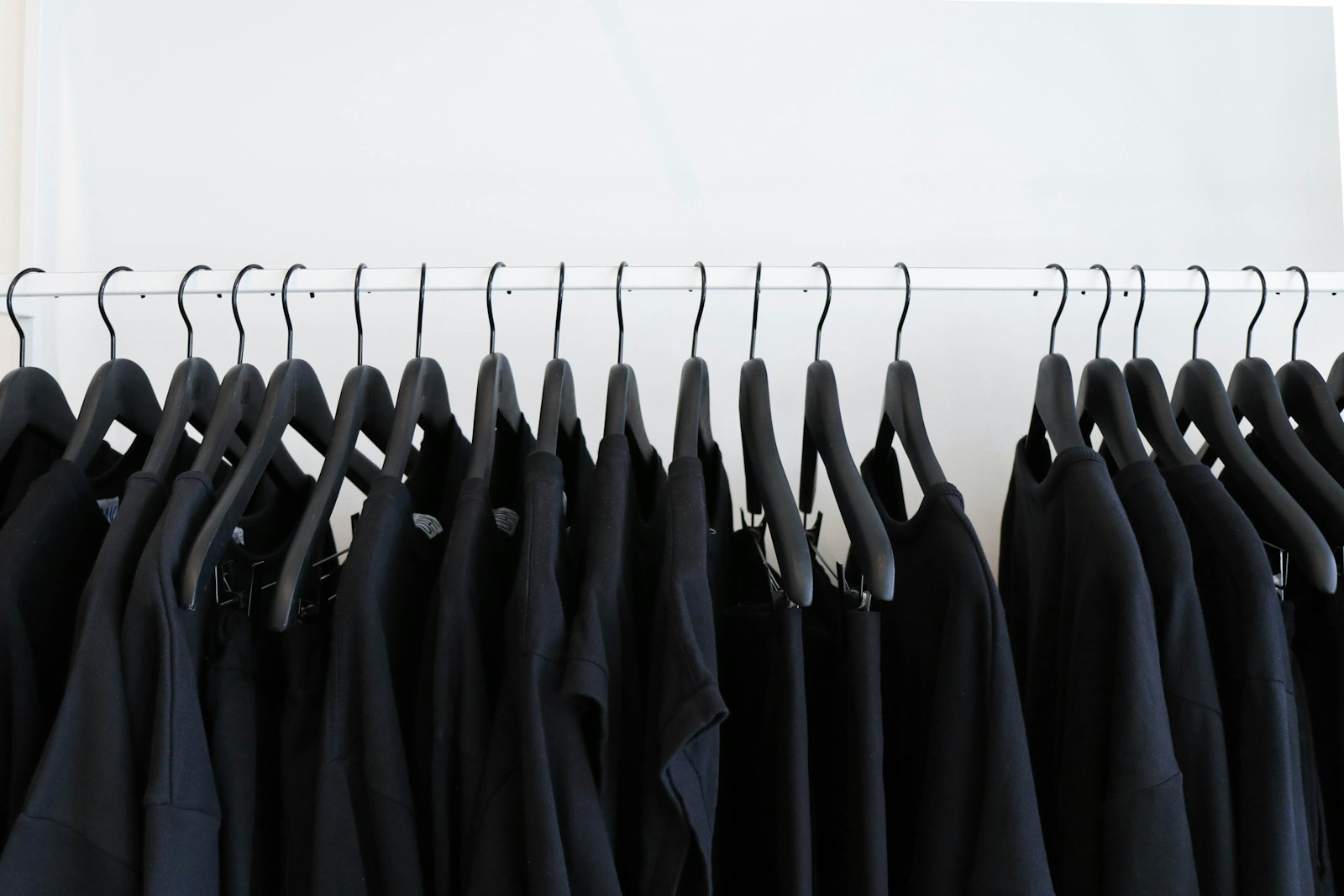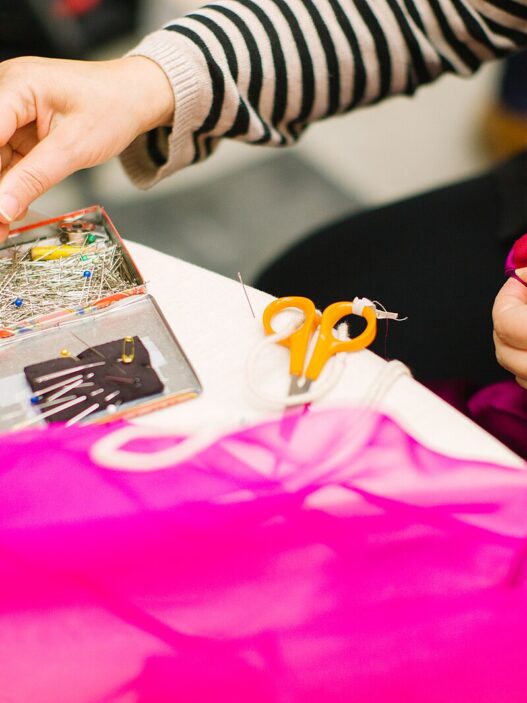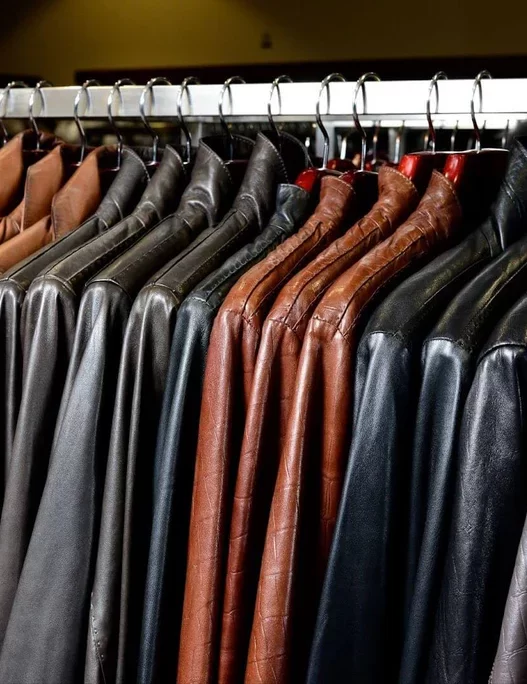You’re scrolling through your phone on a rainy Sunday. Sponsored posts flaunt “clean cotton,” promise “zero-impact dyes,” and advertise a “carbon-positive closet,” all in soothing pastels. A year ago you might have tapped buy now before your espresso cooled. Then came documentaries showing workers collapsing in overheated sheds and rivers running neon blue, plus headlines revealing “recycled” labels masking virgin plastic.
Your reflexes changed, and you’re not alone. Millions now demand proof that every button and seam was made without harming people or the planet. Ethical clothing manufacturers have shifted the whole topic from fringe talking point to mainstream expectation.
Proof Beats Hype
For years, fashion writers tossed eco-buzzwords around, trusting no one would inspect the details. Those days are over. Watchdog groups crowd-source factory dossiers, regulators fine fuzzy promises, and social feeds shame offenders instantly. Trust now rides on data: kilowatt-hours saved, liters of water recycled, percentages of staff earning living wages. Credible suppliers publish dashboards, external audits, and year-over-year charts so shoppers and investors can judge. A truly transparent mill streams parts of the production floor and posts chemical ledgers online. Evidence, not adjectives, is the only language the market believes.
Labor Law: The Non-Negotiables
A sweatshirt sewn behind locked exits or by under-age helpers can never be ethical, no matter how organic the fiber. Minimum responsibility starts with International Labour Organization conventions: no child or forced labor, safe buildings, paid overtime, and freedom to organize. Legitimate factories hand over payroll ledgers, age records, and third-party social-compliance audits within hours. Many go further, surveying workers anonymously and posting results next to production stats. If a supplier stalls when you ask for proof, walk away; labor risk quickly becomes headline risk.
Environmental Rules: Beyond Lip Service
Fabric finishing—dyeing, washing, coating—creates most of fashion’s toxic load, so lawmakers have zeroed in on that stage. In the United States, the Federal Trade Commission’s Green Guides now dictate exactly when a garment may claim “biodegradable” or “carbon neutral.” Mislabel a poly-cotton tee as “organic” and recall letters will follow. The European Union’s upcoming Corporate Sustainability Due Diligence Directive goes further, requiring big brands to map and mitigate environmental risks across the whole supply chain. Factories already measuring chemical discharge and running on renewables keep you ahead of those rules, sparing painful retrofits later.
Anti-Trafficking and Transparency
California’s Transparency in Supply Chains Act and the U.K.’s Modern Slavery Act compel companies above certain revenue thresholds to publish annual statements detailing how they combat forced labor. Those PDFs sit on public servers where journalists, investors, and activist students comb them for contradictions. A responsible factory therefore maintains airtight identity checks, multilingual grievance hotlines, and documented remediation steps for every complaint. Under-document and risk a front-page story; over-document and breeze through investor due diligence. Auditors increasingly cross-check claims against satellite imagery and trade data. Prudent brands now treat these disclosures like financial filings—scrutinized, lawyer-vetted, and updated without fail.
Five reliable ways to vet a factory before you sign a purchase order
- Request recent audits. Ask for WRAP, Fair Wear, Sedex SMETA, or BSCI reports from the last twelve months.
- Read the corrective-action plan. A certificate shows a snapshot; the plan shows whether issues get fixed on schedule.
- Book a surprise video tour. Thirty live minutes can reveal blocked fire exits, missing goggles, or an empty first-aid cabinet.
- Ask for permits. A confident plant shares wastewater licenses, chemical inventories, and emission logs before your next call.
- Talk to workers. Where legal, interview union reps or elected safety delegates; their view often diverges from management’s slide deck.
The Business Upside
Partnering with a gold-standard plant may raise unit costs by a few dollars, yet Gen Z and millennials willingly pay a twenty-to-thirty-percent premium for products they trust—and they brag about those finds online. Strong compliance also shields you from customs holds, emergency relabeling, and viral boycotts. Imagine two T-shirt labels using the same turquoise dye. Only one factory switched to a low-impact formula last season. When regulators flag heavy metals, the prepared brand keeps shipping while rivals pull stock. Ethics, in practice, is cheaper than crisis control.
Bottom Line
Choosing a factory in 2025 is less a sourcing chore than a co-author credit on your brand’s public diary. Skip the slogans. Log in, walk the production floor, quiz managers, chat with line workers, and read every permit like your reputation depends on it—because it does. Ethical manufacturing is not charity; it is modern risk management with a marketing dividend. When you discover a production partner who meets today’s benchmarks and already reaches for tomorrow’s, lock them in, celebrate them in every hangtag and investor deck, and share credit where credit is due. Loyal shoppers will reward the honesty, regulators will note the diligence, and your balance sheet will thank you for the foresight. The supply chain is watching, and so are your customers.



